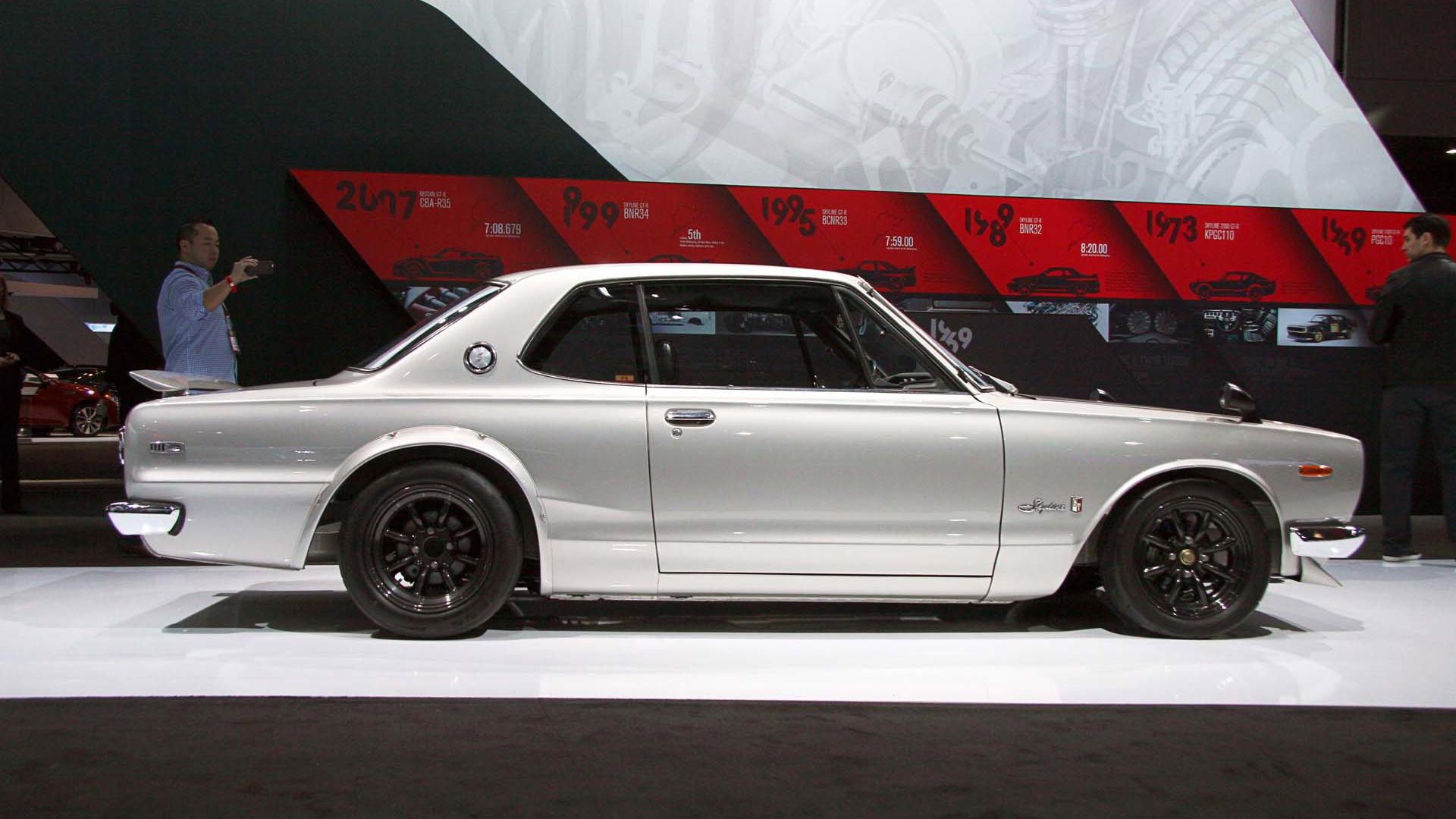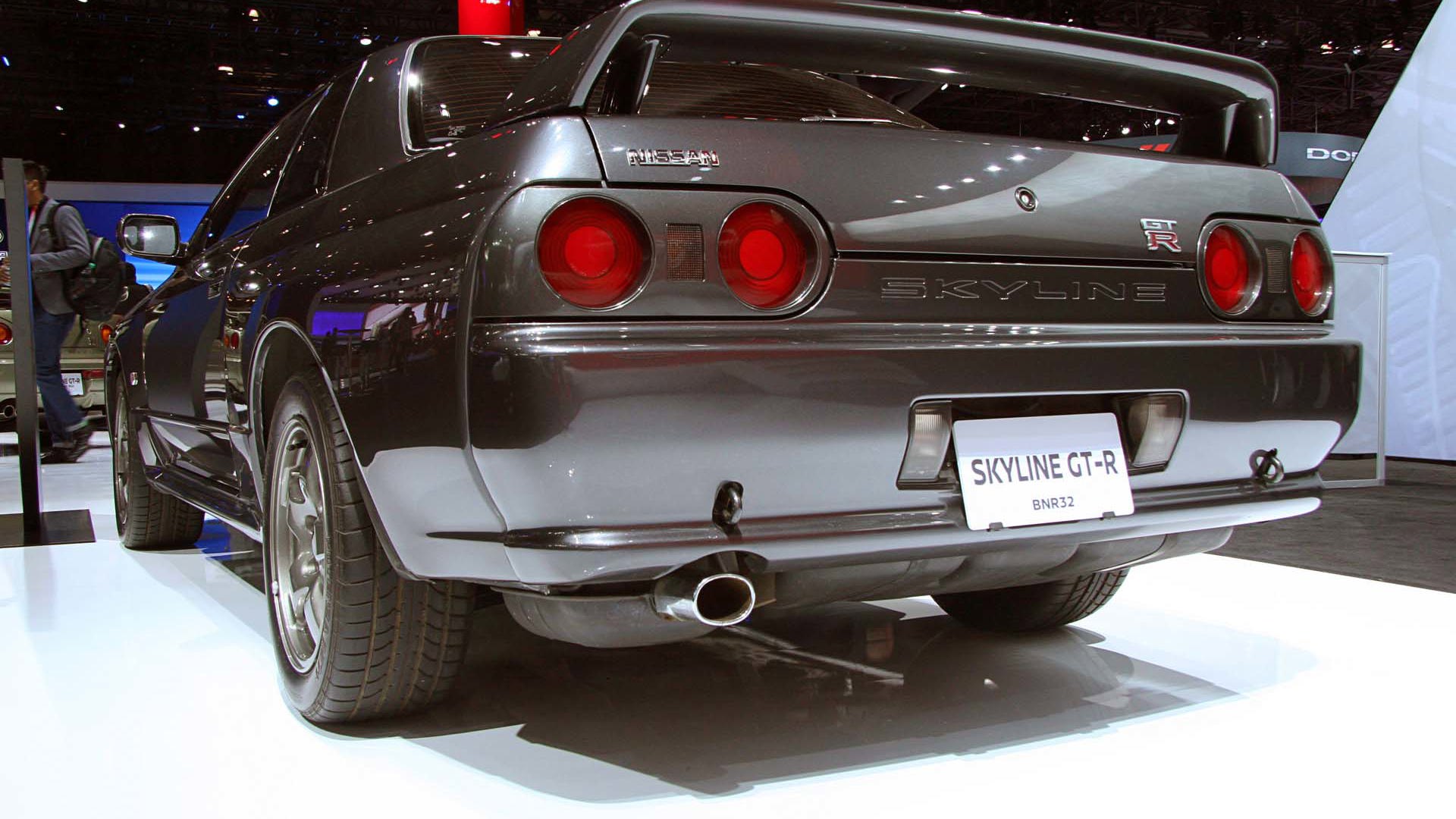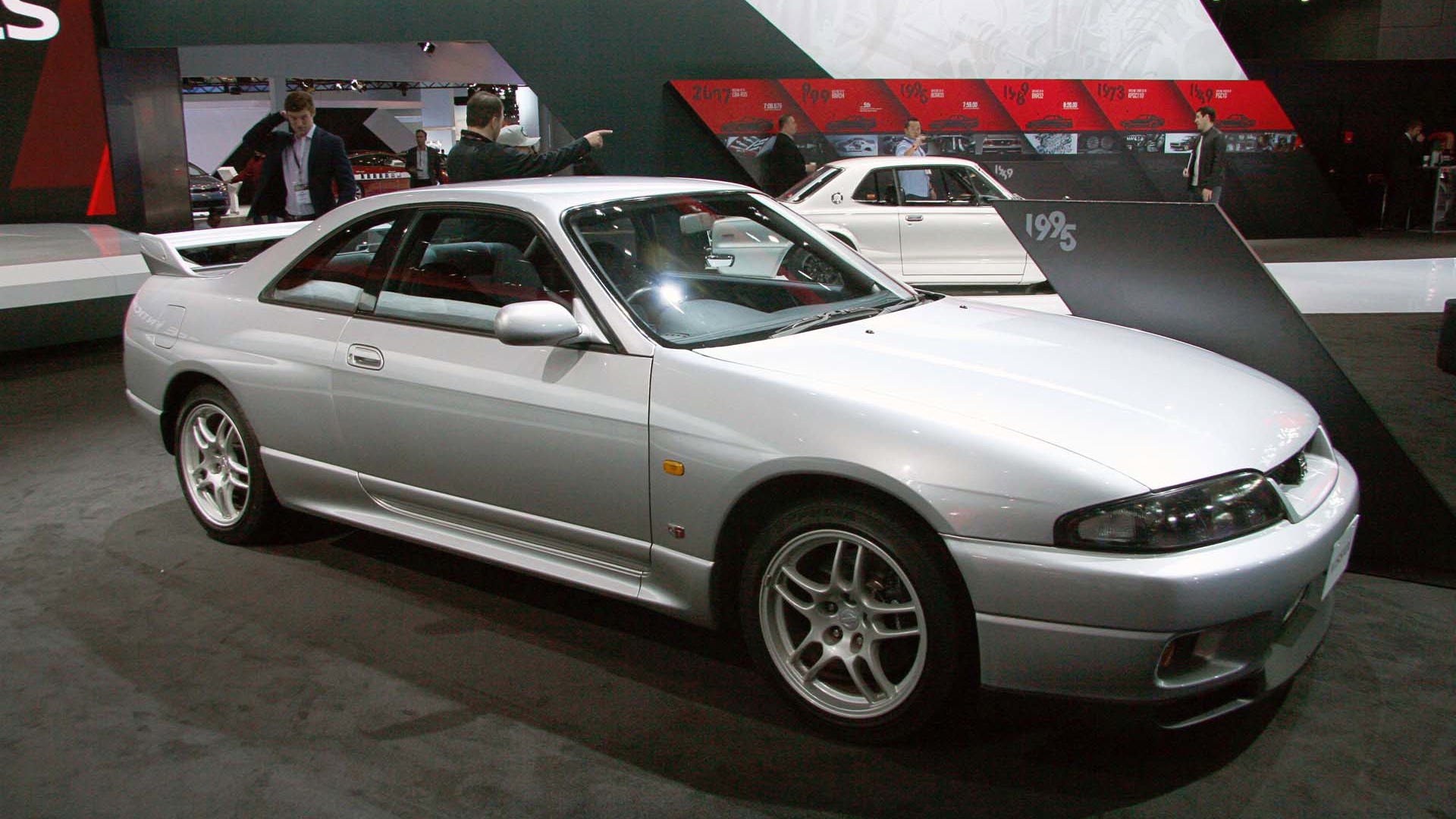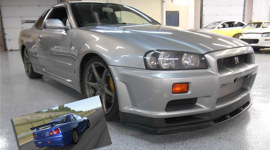Typically, auto shows are such a generic pastiche of throbbing music, pulsating lights, and painted-on smiles, that after a while, they all tend to blend together. Did the new NSX debut in L.A.? In Detroit? Last year or the year before? All of the above? It's all segment-leading globalization this, and alternative sustainable autonomy that, and here's some free shrimp to go with the Kool-Aid.
Fortunately, given that even the largest international manufacturers harbour genuine car buffs within their ranks, there are usually some shining gems of automobilia to be found amongst the push of the corporate marketing machine.
This year, Nissan's stand was a clarion call for the truly afflicted, with a spectacular display dedicated to one of their most iconic badges.
What better way to introduce the latest in a long line of sports cars than to have nearly every single one of its progenitors on hand to help celebrate its unveiling?

You didn't have to be an avid part of tuner culture to appreciate the five generations of classic GT-R Skylines ringing the perimeter of Nissan's display. Even a gaijin like me knew instantly, that here was something very special indeed. Manufactured only in Japan, the Skyline is legendary in custom performance circles, and the most well-known example of JDM import unobtainium.
The Skyline had its humble beginnings as a luxury sedan produced in 1957 by the Prince Motor Company – named in honour of the Prince of Japan. No doubt influenced by the sporty postwar vehicles of North America, Prince later introduced a Skyline Sport variant that was available as a coupe or convertible. In the mid-sixties, Prince was enjoying considerable success on track and off with the Skyline 2000 GT when the Japanese government suddenly decided that henceforth all car companies grow in size and strength to tackle North American markets. In 1966, Prince merged with Nissan, and three years later, introduced the first Skyline GT-R – the 1969 C10 2000 GT-R that kickstarts our glorious JDM gallery.
1969 C10 Nissan Skyline 2000 GT-R

Originally introduced as a four-door at the 1969 Tokyo Auto Show, the first high performance Skyline GT-R was powered by a 2.0-litre, 24 valve DOHC inline six-cylinder producing 160 hp. By 1971, Nissan followed with a lightweight two-door coupe boasting a top speed of 200 km/hr. Affectionately dubbed "Hakosuka" (Hako for box, and suka for Skyline), its understated pewter sheet metal is the perfect foil for the jutting chin spoiler, rear flares, fender-mounted mirrors and saucy rear wing.
1973 C110 Nissan Skyline 2000 GT-R

We weren't the only ones to fall under the triple-edged sword of higher insurance, stricter emissions and soaring fuel costs of the 1970s. The next Skyline to appear was still powered by the same six cylinder S20 engine – but by 1973 it had been detuned to just 160 hp. Thanks to Nissan's marketing campaign featuring "Ken and Mary", the quintessential North American couple, this Skyline was nicknamed "Kenmeri".
Reflecting the strict production challenges of the day, only 197 examples of this GT-R were produced – after which production ceased – making it the most coveted Skyline of all.
1989 R32 Nissan Skyline GT-R
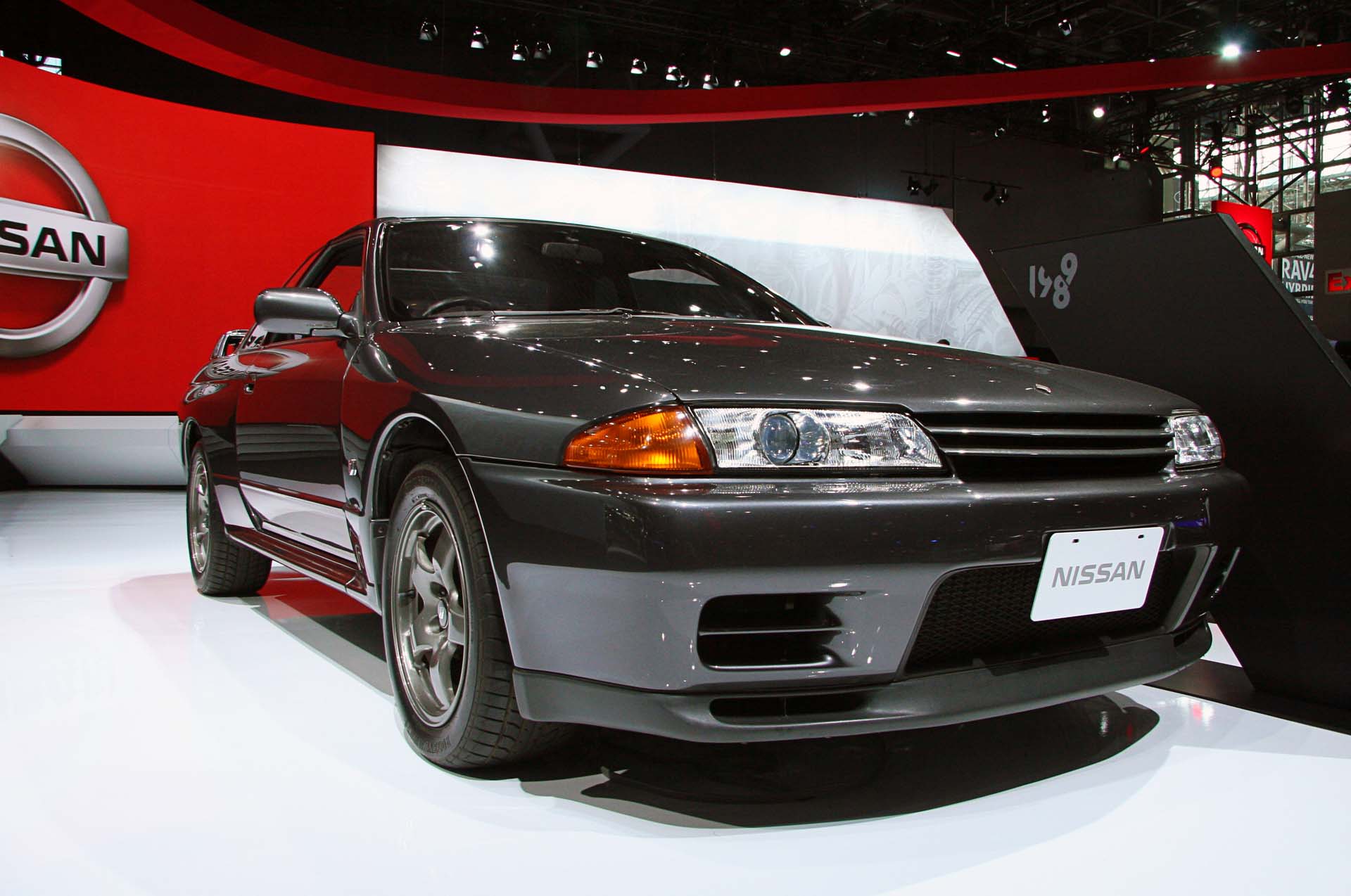
Sixteen years later, with an eye on Group A racing, Nissan decided to resurrect the GT-R and introduced a third generation. It featured an all new twin-turbo, 2.6-litre straight-six engine putting out 276 hp to all four wheels via an electronic torque-split all-wheel-drive system.
Far more technically advanced than its predecessors, the new car also marked the debut of Nissan's all-wheel steering system. The extra degree of rear wheel steering angle gave the car exceptional agility, and the GT-R’s return was met with phenomenal success both on track and off.
1995 R33 Nissan Skyline GT-R

Produced from 1999 to 2002, the fourth generation GT-R was the result of a decade's worth of technology developed through competition. Underhood is a mildly tweaked version of the 276-hp twin-ceramic-turbo inline-six mated to a five-speed manual transmission. The active all-wheel-drive system was updated to include a limited slip differential.
Inside was a notable new addition that saw the Skyline embrace the video-game era; the inclusion of a multi-information data display screen. Thanks to video games like Gran Turismo and the Fast and Furious franchise, the Skyline GT-R achieved cult status with North American audiences well before it was ever available to drive on these shores.
1999 R34 Nissan Skyline GT-R

One of only 1,000 produced, the R34 on display came with an exclusive gold-painted engine manifold and was equipped with M-Spec trim – a special handling package tuned specifically for the Nürburgring.
The fifth-generation GT-R became fully immersed in the high-tech tuner culture, its 5.8-inch display showing multiple engine parameters strongly influenced by the video game graphics of the day. The last Skyline-derived GT-R, the R34 also marked the last application of the twin-turbo inline-six.
Slightly heavier than the cars preceding it, the R34 boasted significant improvements in aerodynamics and structural rigidity.







